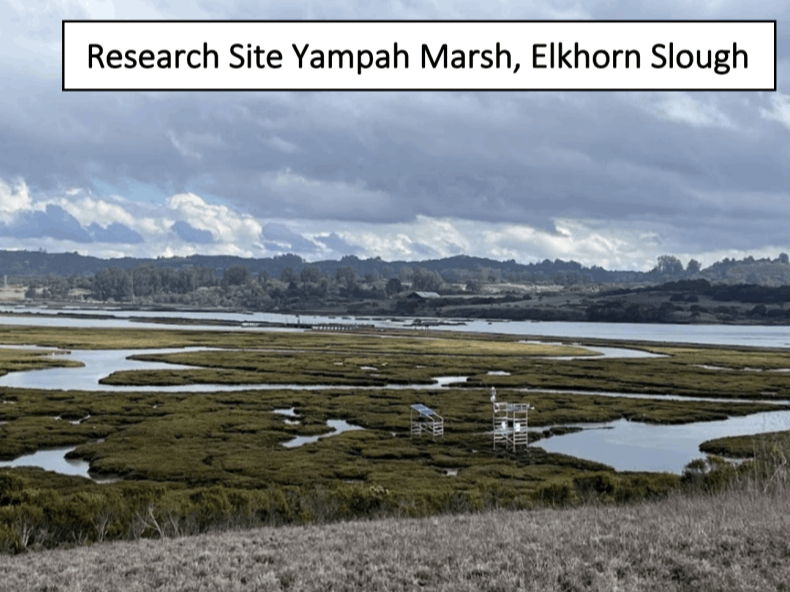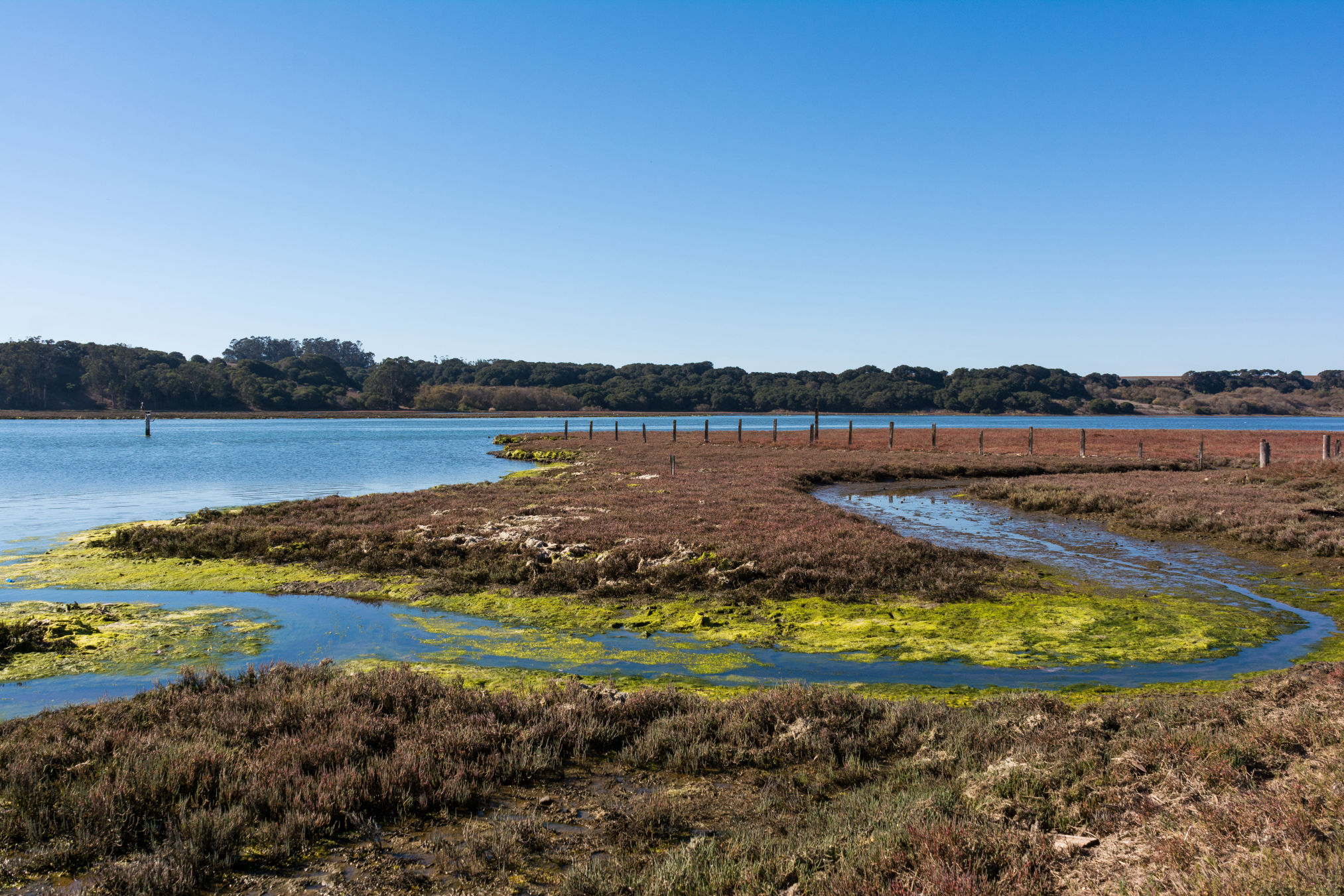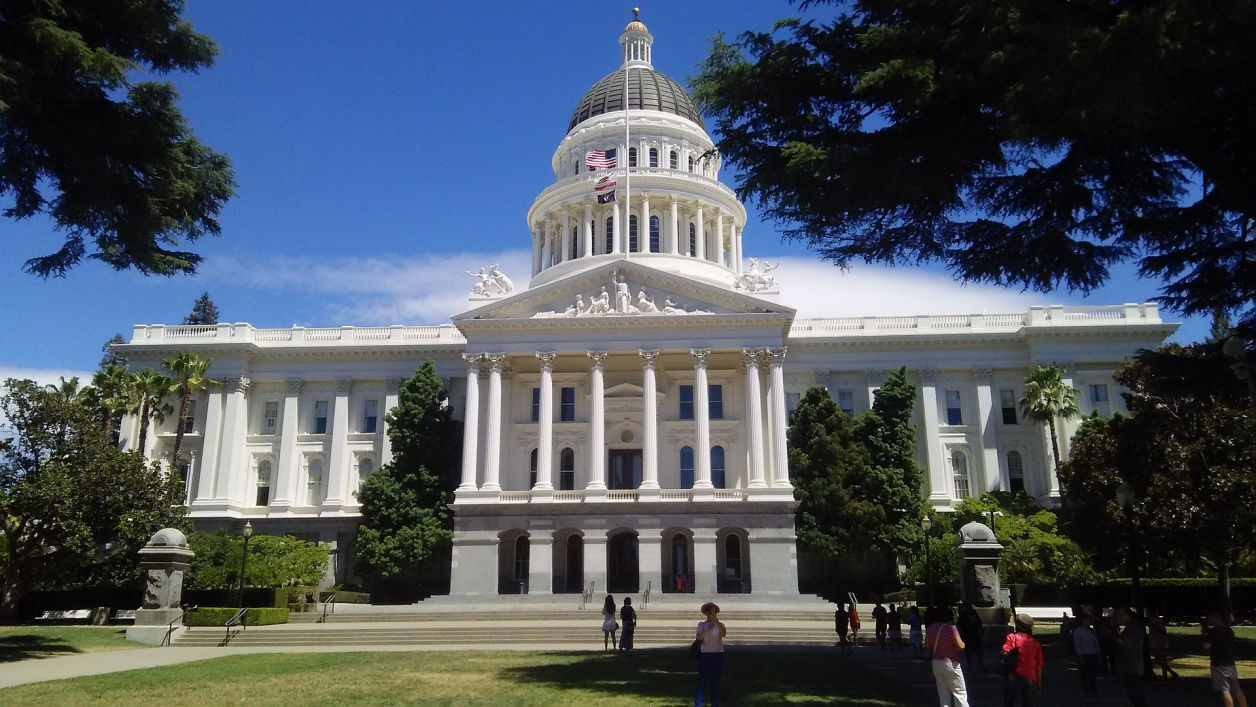
Carbon Dynamics in Coastal Wetlands
Wetlands encompass a diverse range of aquatic ecosystems such as marshes, swamps, and bogs. These ecosystems possess an outsized proportion of the Earth's total soil carbon, holding 20-30% of the estimated 1,500 Pg of soil carbon, despite occupying only 5-8% of its land surface. This is because wetland soils are typically rich in organic carbon (>20%). However, as part of the carbon decomposition process, wetlands also emit greenhouse gases. The net carbon burial rates in wetlands are highly variable and are dependent on a wide range of factors such as elevation, vegetation, inundation, and salinity. Thus, comprehending the hydro-biogeochemical processes that govern these net carbon burial rates is essential for formulating effective wetland restoration and management guidelines that optimize carbon sequestration, and thus, facilitate the inclusion of coastal wetland restoration and conservation as a viable nature-based decarbonization strategy.
To capture the vast array of coastal wetland conditions in California our field work focuses on estimating the processes controlling carbon dynamics and greenhouse gas emissions in representative wetlands in the San Joaquin Delta, South San Francisco Bay, and Elkhorn Slough. More resources including background information about the topic in general and our wetland sites can be found here.


